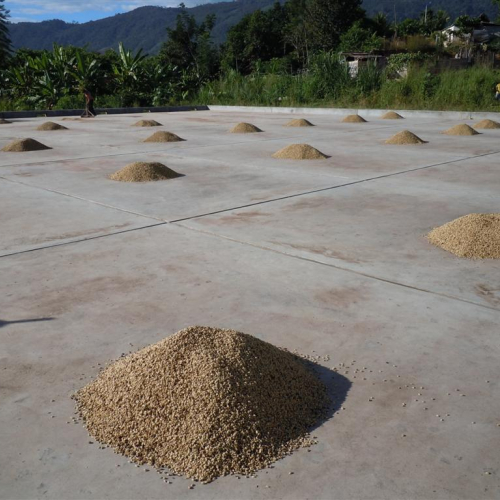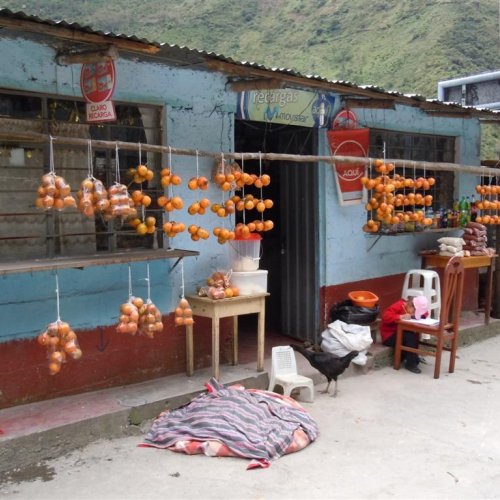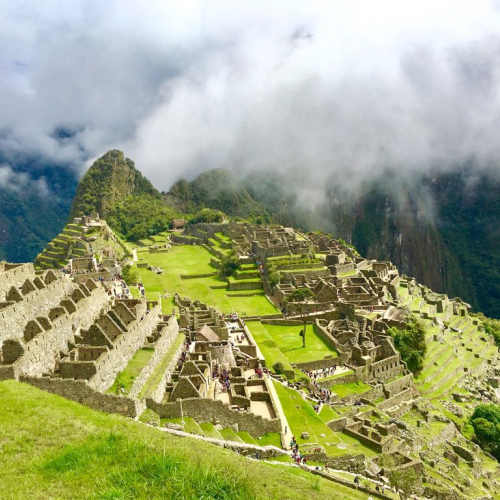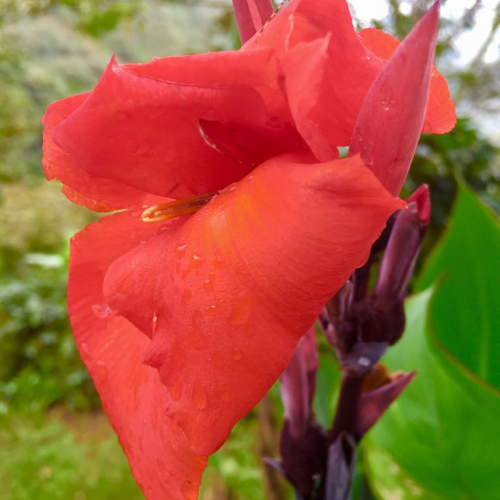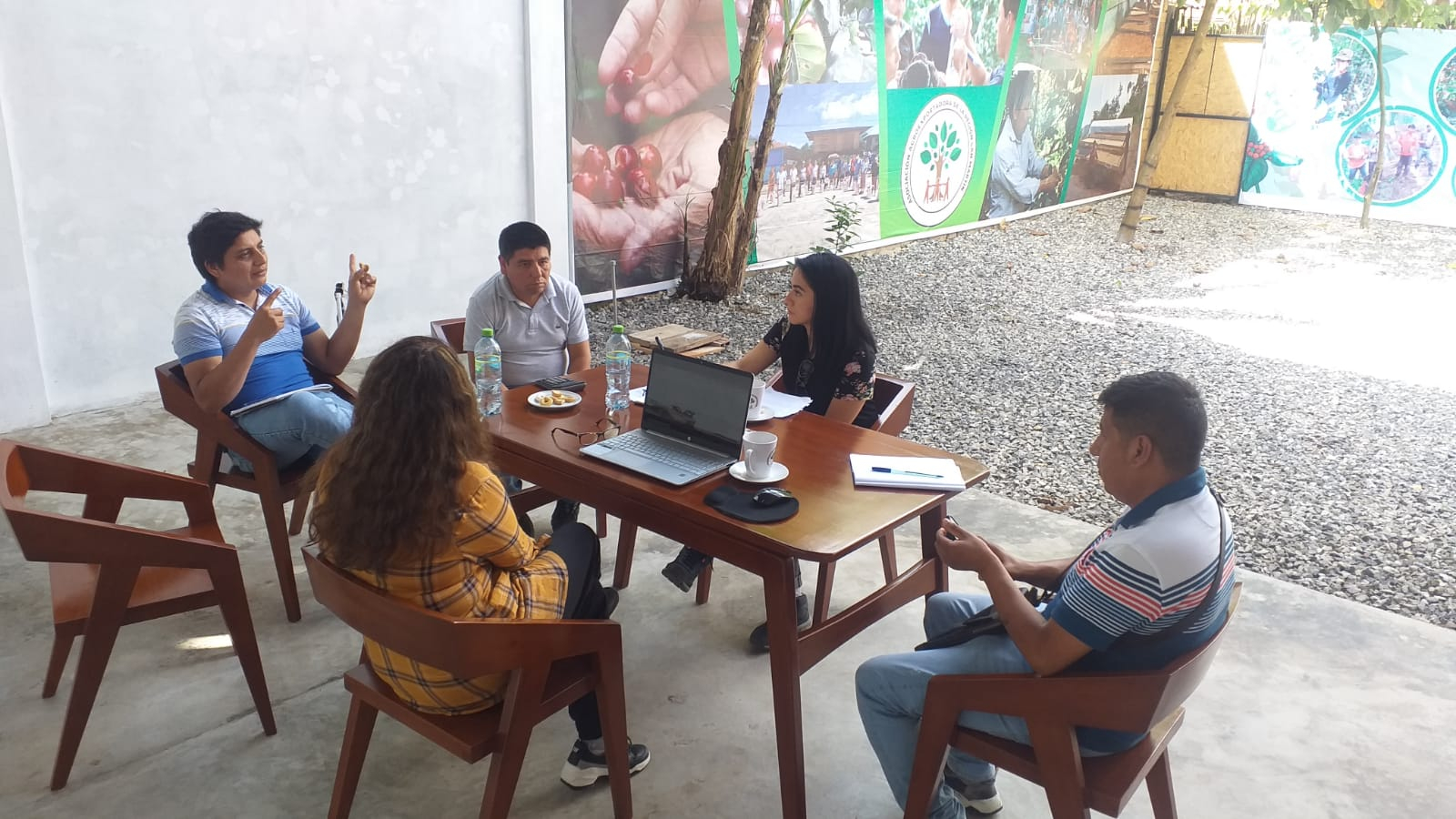Peru
Did you know?
About
The Republic of Peru is a decentralized unitary republic located in the intertropical and western part of South America. Bordered on the west by the Pacific Ocean and the countries of Ecuador and Colombia to the north, Brazil to the east, Bolivia to the southeast, and Chile to the south.
Its territory consists of diverse landscapes: valleys, plateaus and the high peaks of the Andes spread west to the desert coast and east towards the Amazon. It is one of the most biologically diverse countries in the world: Peru is home to a wide variety of geographies and cultures. Its impressive diversity of more than 28 micro climates makes it an ideal place to grow high-quality cocoa and coffee all year round.
Only Arabica
Peru is the third largest producer of coffee in South America, after Brazil and Colombia. The 100% of its production is washed arabica coffee. Certified and organic coffees represent a great portion of its production.
The cultivation of coffee is developed across the eastern side of the Andes. In regions like Sandia in Puno, Cuzco-Quillabamba, Chanchamayo-Junin, Villa Rica-Pasco, Huanuco-Tingo María, Jaén-Cajamarca and Moyobamba in San Martin, its main coffee producing areas..
Nice to know
Peru has been a key coffee producing country for more than 150 years. It belongs as one of the top 10 coffee producing countries globally, and one of the world’s largest exporter of organic coffee.
Of the estimated 400,000 hectares of coffee growing in the country, it is estimated that around 90,000 are certified organic.

Coffee represents 2.9 % of the total exports of Peru (although it does account for 50 % of the agricultural exports). Coffee however is often encouraged to grow as a replacement for coca.
The government continues its attempts to persuade its peasant coca growers to grow profitable replacement cash crops such as coffee. But so far these replacement programs have not had the success they had hoped for.
Coffee facts
Crop Periods
Flowering Period |
|
|
From August until October |
|
|
One annual flowering, begin first in low areas from August and then in September in the highlands |
In January/February/March the carry-over crop is being sold.
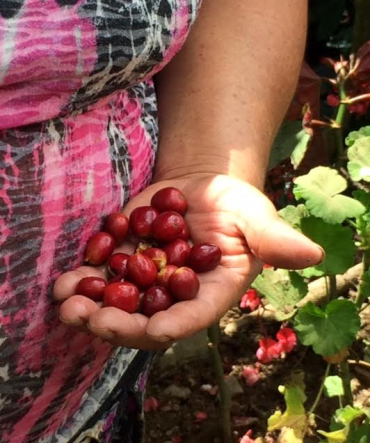
Harvest Period |
|
|
Main : from April until August |
|
|
Secondary : from September until February |
Begin first in low areas from April and in the highlands start in May-June until August.
Jaen and Moyobamba (Northern Peru): From April to February
Tingo Maria, La Merced, Villa Rica, Quillabamba and Cusco (Central and Southern Peru) : From March to September
Shipping Period
From June until December.
Transit Days
|
Port of Shipments |
Imp. |
EU |
US |
|
Callao |
70% |
28 |
12 |
|
Paita |
30% |
25 |
10 |
Destination countries
1. Germany
2. United States
3. Belgium
Significantly, Colombia occupies the 4th place as a destination for exports, this is due primarily to interest of undergrades coffee.
ICO Figures
Classifications
Varieties
Peruvian Arabica Variety |
|
| Catimor |
39% |
|
Caturra |
36% |
|
Typica |
14% |
|
Others |
11% |
Coffee regions
|
In the North |
Jaen and Moyobamba |
|
Center |
Tingo Maria, La Merced and Villa Rica |
|
South |
Quillabamba and Cusco |
By Defects
|
For European preparation |
HB Peru MCM 22 defects per 300 grams |
|
For US preparation |
HB Peru MC 28 defects per 300 grams |
|
|
|
|
(* per 350 gr for tenderability) |
|
|
|
|
|
Grade 1 : |
max 15 defects*,min 50% > screen 15, max 5% < screen 14, superior cup, fresh crop, humidity 10-12% (* per 300gr) |
|
Grade 2 : |
max 23 defects, min 50% > screen 15, max 5% < screen 14, clean cup, new crop, humidity 10-12.5% |
|
Grade 3 |
max 30 defects, min 50% > screen 15, max 5% < screen 14, new + old crop, cup can be slightly off, humidity 10-12.5% |
|
Grade 4 : |
max 35 defects, min 50% > screen 15, max 5% < screen 14,100 % naturales or 100% washed old crop, humidity 13% |
|
Grade 5 : |
max 40 defects, no limits regarding screensize, low grades (pasilla), humidity max 13% |
Typical Description
Peru Grade 2
Processing
Processing

|
Picking |
Hand picking |
|
Washing |
Fully Washed |
|
Fermentation |
Almost 90% of the coffee gets fermented. The fermentation process lasts approx. 10 hours. |
|
Drying |
Patio drying (small holders) Machine drying (export companies, middle man, some producers) Solar drying (small holders) |
|
Sorting |
Electronical |
Coffee Environment
On the other hand, the industry has also gained importance and organization. As the strengthening of government and quasi-government agencies, as the Camara de Exportadoras de Cafe del Peru - a private association of exporters and producing groups. This association's goal, over the years, has been to project a favorable image of Peruvian coffee while ensuring that its members fulfilled their contracts. In its first full year, after coming into existence, the Camara did more to improve the image of Peruvian coffee than anything before. It began with quality control testing which eventually evolved into standardization and definitions of acceptable defects. Formed in October 1992, the Camara, each year, holds several training programs including classes on the New York 'C' and European Contracts, exporters' arbitration as well as specialized seminars for farmers in the coffee regions.
About official bodies
Peru has two leading Official Bodies: The Peruvian Chamber of Coffee and Cocoa (Cámara Peruana de Café y Cacao), which represents the private sector and the National Coffee Board of Peru (Junta Nacional de Café), representing the Cooperative sector. And there is a principal agent which monitors the Agrarian Health Service (SENASA).
About growers and exporters
We should note that in Peru, more than 95% of coffee producers are small holders to average less than 3 hectares per producer. Most producers are partners in cooperative way (40%), 20% in associations and groups. and 40% are completely independent producers.


